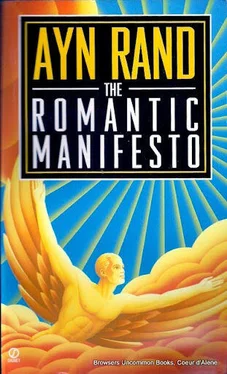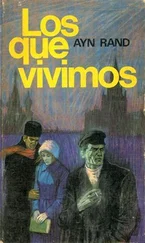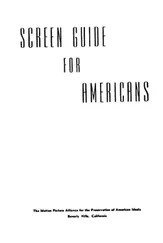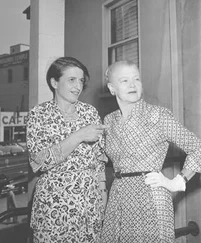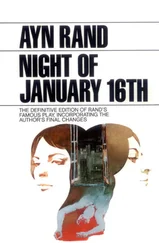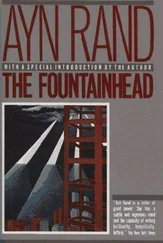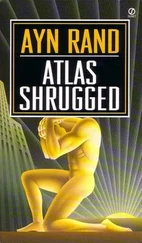Is the universe intelligible to man, or unintelligible and unknowable? Can man find happiness on earth, or is he doomed to frustration and despair? Does man have the power of choice, the power to choose his goals and to achieve them, the power to direct the course of his life—or is he the helpless plaything of forces beyond his control, which determine his fate? Is man, by nature, to be valued as good, or to be despised as evil? These are metaphysical questions, but the answers to them determine the kind of ethics men will accept and practice; the answers are the link between metaphysics and ethics. And although metaphysics as such is not a normative science, the answers to this category of questions assume, in man’s mind, the function of metaphysical value-judgments, since they form the foundation of all of his moral values.
Consciously or subconsciously, explicitly or implicitly, man knows that he needs a comprehensive view of existence to integrate his values, to choose his goals, to plan his future, to maintain the unity and coherence of his life—and that his metaphysical value-judgments are involved in every moment of his life, in his every choice, decision and action.
Metaphysics—the science that deals with the fundamental nature of reality—involves man’s widest abstractions. It includes every concrete he has ever perceived, it involves such a vast sum of knowledge and such a long chain of concepts that no man could hold it all in the focus of his immediate conscious awareness. Yet he needs that sum and that awareness to guide him—he needs the power to summon them into full, conscious focus.
That power is given to him by art.
Art is a selective re-creation of reality according to an artist’s metaphysical value-judgments.
By a selective re-creation, art isolates and integrates those aspects of reality which represent man’s fundamental view of himself and of existence. Out of the countless number of concretes—of single, disorganized and (seemingly) contradictory attributes, actions and entities—an artist isolates the things which he regards as metaphysically essential and integrates them into a single new concrete that represents an embodied abstraction.
For instance, consider two statues of man: one as a Greek god, the other as a deformed medieval monstrosity. Both are metaphysical estimates of man; both are projections of the artist’s view of man’s nature; both are concretized representations of the philosophy of their respective cultures.
Art is a concretization of metaphysics. Art brings man’s concepts to the perceptual level of his consciousness and allows him to grasp them directly, as if they were percepts.
This is the psycho-epistemological function of art and the reason of its importance in man’s life (and the crux of the Objectivist esthetics).
Just as language converts abstractions into the psycho-epistemological equivalent of concretes, into a manageable number of specific units—so art converts man’s metaphysical abstractions into the equivalent of concretes, into specific entities open to man’s direct perception. The claim that “art is a universal language” is not an empty metaphor, it is literally true—in the sense of the psycho-epistemological function performed by art.
Observe that in mankind’s history, art began as an adjunct (and, often, a monopoly) of religion. Religion was the primitive form of philosophy: it provided man with a comprehensive view of existence. Observe that the art of those primitive cultures was a concretization of their religion’s metaphysical and ethical abstractions.
The best illustration of the psycho-epistemological process involved in art can be given by one aspect of one particular art: by characterization in literature. Human character—with all of its innumerable potentialities, virtues, vices, inconsistencies, contradictions—is so complex that man is his own most bewildering enigma. It is very difficult to isolate and integrate human traits even into purely cognitive abstractions and to bear them all in mind when seeking to understand the men one meets.
Now consider the figure of Sinclair Lewis’s Babbitt. He is the concretization of an abstraction that covers an incalculable sum of observations and evaluations of an incalculable number of characteristics possessed by an incalculable number of men of a certain type. Lewis has isolated their essential traits and has integrated them into the concrete form of a single character—and when you say of someone, “He’s a Babbitt,” your appraisal includes, in a single judgment, the enormous total conveyed by that figure.
When we come to normative abstractions—to the task of defining moral principles and projecting what man ought to be —the psycho-epistemological process required is still harder. The task demands years of study—and the results are almost impossible to communicate without the assistance of art. An exhaustive philosophical treatise defining moral values, with a long list of virtues to be practiced, will not do it; it will not convey what an ideal man would be like and how he would act: no mind can deal with so immense a sum of abstractions. When I say “deal with” I mean retranslate all the abstractions into the perceptual concretes for which they stand—i.e., reconnect them to reality—and hold it all in the focus of one’s conscious awareness. There is no way to integrate such a sum without projecting an actual human figure—an integrated concretization that illuminates the theory and makes it intelligible.
Hence the sterile, uninspiring futility of a great many theoretical discussions of ethics, and the resentment which many people feel toward such discussions: moral principles remain in their minds as floating abstractions, offering them a goal they cannot grasp and demanding that they reshape their souls in its image, thus leaving them with a burden of undefinable moral guilt. Art is the indispensable medium for the communication of a moral ideal.
Observe that every religion has a mythology—a dramatized concretization of its moral code embodied in the figures of men who are its ultimate product. (The fact that some of these figures are more convincing than others depends on the comparative rationality or irrationality of the moral theory they exemplify.)
This does not mean that art is a substitute for philosophical thought: without a conceptual theory of ethics, an artist would not be able successfully to concretize an image of the ideal. But without the assistance of art, ethics remains in the position of theoretical engineering: art is the model-builder.
Many readers of The Fountainhead have told me that the character of Howard Roark helped them to make a decision when they faced a moral dilemma. They asked themselves: “What would Roark do in this situation?”—and, faster than their mind could identify the proper application of all the complex principles involved, the image of Roark gave them the answer. They sensed, almost instantly, what he would or would not do—and this helped them to isolate and to identify the reasons, the moral principles that would have guided him. Such is the psycho-epistemological function of a personified (concretized) human ideal.
It is important to stress, however, that even though moral values are inextricably involved in art, they are involved only as a consequence, not as a causal determinant: the primary focus of art is metaphysical, not ethical. Art is not the “handmaiden” of morality, its basic purpose is not to educate, to reform or to advocate anything. The concretization of a moral ideal is not a textbook on how to become one. The basic purpose of art is not to teach, but to show —to hold up to man a concretized image of his nature and his place in the universe.
Читать дальше
